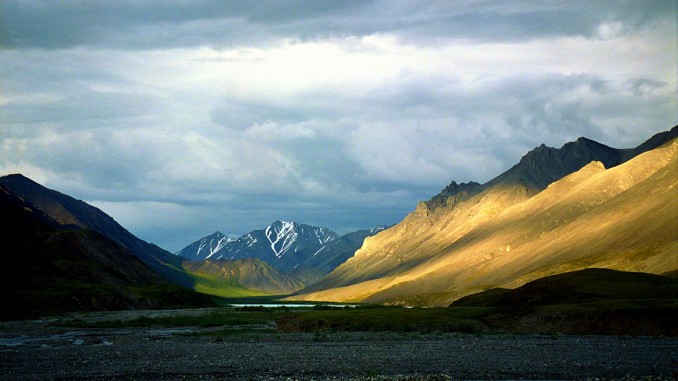
On August 17, the Trump administration opened up the coastal plane of Alaska’s Arctic National Wildlife Refuge (ANWR) to drilling, a goal the oil industry and some politicians have been trying to achieve for the last forty years. The Department of Interior approved drilling in this 1.5-million-acre region that is home to the polar bear, a vulnerable species with a decreasing population, the porcupine caribou, an animal local tribes depend on for subsistence, and other wildlife.
This plan comes at a time when oil production in Alaska has been dwindling over the last three decades, according to U.S. Energy Department data. And the world market is currently swimming in excess oil, with crude oil prices low, and oil companies slashing their spending.
Additionally, the area has only been tested once for its fossil fuel extraction potential, and there has yet to be seismic testing of the area. There is little infrastructure, equipment, or electricity for drilling, and it would be very expensive to begin extracting oil. Unless there is a massive oil boom, with barrel prices increasing enough for oil companies to find it economically advantageous to launch massive and expensive exploration projects, it is unlikely anyone will be drilling in the Arctic anytime soon. Some big banks have also promised not to finance drilling in the Arctic, due to public pressure over the concerns of climate change.
So, this may just be a political move, meant to show the current administration’s ability to scale back environmental protections before the November election. The ANWR has been a protected area since 1980, a victory fought for by environmentalists. This move to loosen hard-won environmental protections was conveniently pushed through right before the election, without even a pretense of care or concern for preserving these lands or preventing further climate change. Given oil extraction probably won’t even occur in the ANWR for another eight years, if at all, this action demonstrates the lengths politicians will go to to show their power and priorities. Regardless of the motivations, whether political or in the interest of the oil industry or both, one message is clear: the interests of capital reign supreme over protecting the planet and the life on it.




